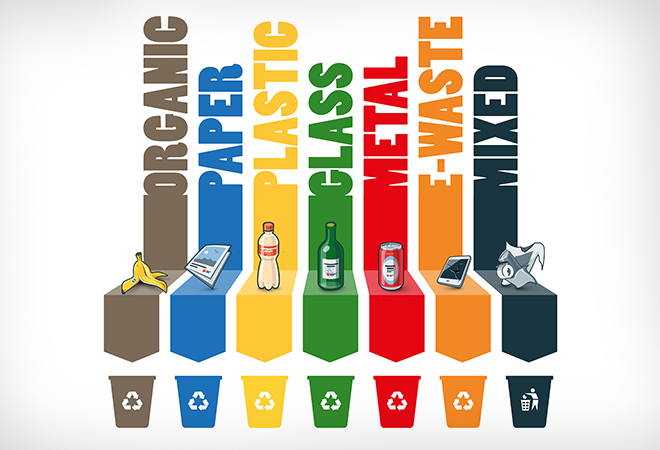Public Perception on Solid Waste Management and Related Government Policy

Abstract:
Solid
waste is the unwanted or useless materials generated from combined residual, industrial
and commercial activities in a given area. Rapid population growth in urban communities
and change in consumption pattern are responsible for increase in solid waste production.
With the significant increase in urbanization and population, solid waste accumulation
is in the for-front, and the improper disposal of such waste materials will lead
to an unsanitary conditions, leading to environmental pollution and outbreak of
diseases. The above research will be carried out to help the government establish
a policy for proper solid waste management for better environment.
References:
[1].
Aibor, M. S. and Olorunda, J. O. (2006): A Technical Handbook of Environmental
Health in the 21st Century for Professional Students. Akure: His Mercy Publisher.
[2].Danbuzu
(2011) COMPOSITION AND SPATIAL DISTRIBUTION SOLID WASTE COLLECTIONS’ POINTS IN URBAN
KATSINA, NORTHERN NIGERIA. https://danbuzu.wordpress.com/2011/04/25/an-analysis-of-municipal-solid-waste-in-urban-katsina-northern-nigeria/
cited on 4/2/17 12:01pm
[3].
Gupta M.S. 2016. A Step Towards The Smart
City- Solid Waste Management. International
Journal Of Research In Business Management (Impact: Ijrbm) Issn (P): 2347-4572;
Issn (E): 2321-886xvol. 4, Issue 10, Oct 2016, Pp 35-44
[4]. M
Peil, Sanitation version small business: West Africa, 14 April 1986, pp 777-778
Nigeria Demographic Profile 2014: www.indexmundi.com/nigeria/demographics_profile.html.
curbed on 31/08/15 17:10
[5]. Ogunbiyi
is of the features unit, minister of information and strategy, Alausa, Ikeja. Business
day: Published Wednesday September 17th 2014.
[6]. Ojeda-Benitez,
S and Beraud-Lozano, J. L. (2003) the municipal solid waste cycle in Mexico. Final
disposal, Resources, Conservation and Recycling, 39, 239-250. http://dx.doi.org/10.1016/50921-3449(03)00030-2. Retrieved on 21/07/2015 12:30pm.
[7]. Olanrewaju,
O. O., Ilemobude, A. A., 2009. Waste to wealth: a case study of the Ondo state integrated
waste recycling and treatment project, Nigeria. European journal of social sciences
8(1), 7-16.
[8]. P.
O. U. Adogu, K. A. Uwakwe, N. B. Egenti, A. P. Okwuoha, I. B. Nkwocha 2015. Assessment
of Waste Management Practices among Residents of Owerri Municipal Imo State. Journal of Environmental Protection, 2015, 6,
446-456 Published Online May 2015 in SciRes. http://www.scirp.org/journal/jep
http://dx.doi.org/10.4236/jep.2015.65043
[9]. Post
Offices-with map of LGA. NIPOST. Retrieved 2009-10-20. http://en.m.wikipedia.org/wiki/Kano_Municipal. Retrieved on 24/07/2015 11:15am.
[10]. Sewage
and solid waste project unit 2000. The solid waste management program. Sewage and
solid waste project unit, Barbados. http://www.solid.gov.bb/Resource/Brochures/programme/program02.asp. Retrieved on 21/07/2015 1:01pm.
[11]. Stock
R. (2010) Environmental sanitation in Nigeria: Colonial and Contemporary. Robert
Stock. (1974-2010) ROAPE/. http://www.roape.org. pp 19-31Retrieved
on 21/07/2015 10:45am.
[12].
WaterAid 2007. Sanitation and Economic Development: Making a case
for the MDG Orphan, http://www.wateraid.org/documents/sanitation_and_economic_development.pdf.

